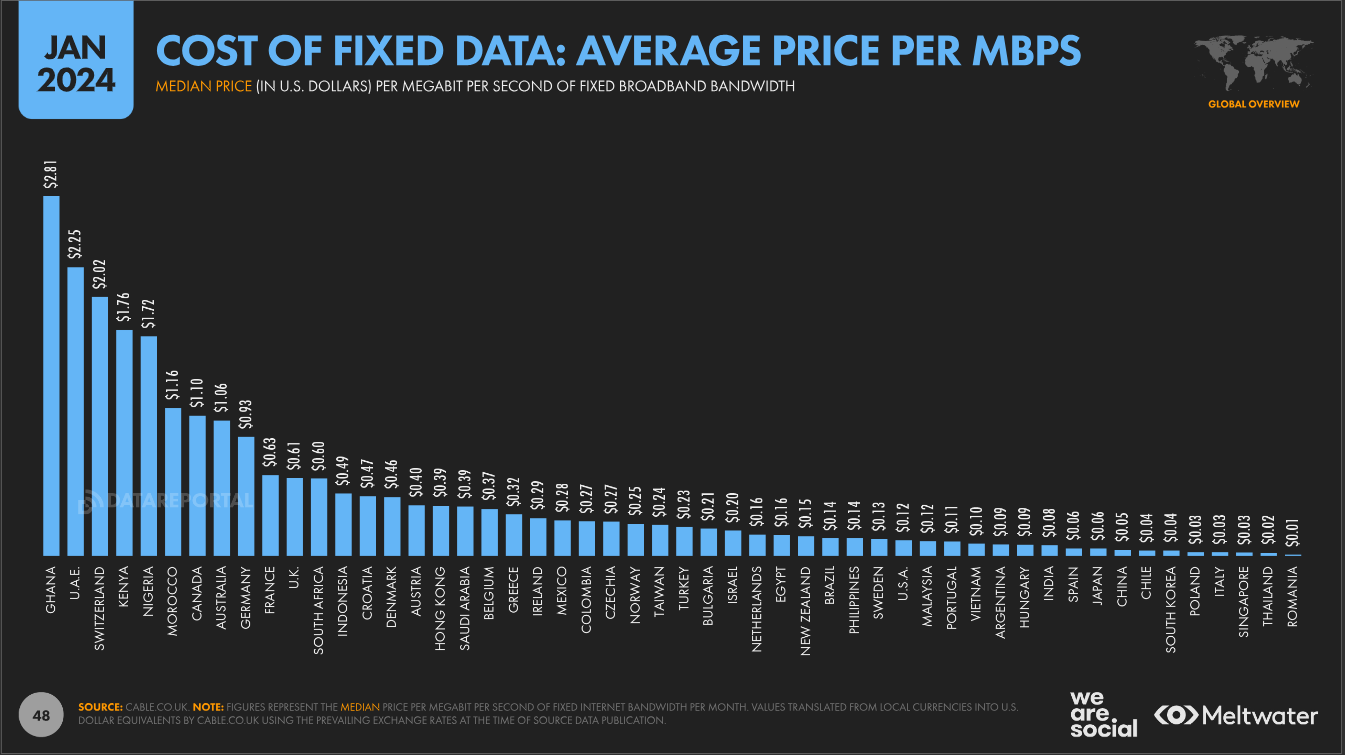

The National Hurricane Center has said Irma is one of the most powerful Atlantic hurricanes recorded. Florida is bracing for the worst.
- Hurricane Irma started hitting the Leeward Islands, the chain of islands separating the Caribbean Sea from the Atlantic Ocean, early Wednesday.
- By Sunday morning, the storm had caused severe damage in Anguilla, Antigua and Barbuda, St. Kitts and Nevis, Montserrat, St. Martin, St. Barthelemy, the Virgin Islands, Puerto Rico, and Cuba.
- The Category 4 storm made landfall in the Florida Keys on Sunday.
Hurricane Irma, one of the strongest Atlantic hurricanes ever recorded, started slamming the southeastern Caribbean islands early Wednesday with devastating winds, heavy rains, and catastrophic storm surges.
As of 10 a.m. Sunday morning, the Category 4 storm was battering Key West, Florida with maximum sustained winds of 130 mph. The National Hurricane Center said the hurricane was cruising northwest at 8 mph.
The NHC reports that Irma made landfall at Cudjoe Key, one of the lower Florida Keys, at 9:10 a.m. on Sunday.
"The threat of catastrophic storm surge flooding is highest along the southwest coast of Florida, where 10 to 15 feet of inundation above ground level is expected," the NHC wrote on Saturday. "This is a life-threatening situation and everyone in these areas should immediately follow any evacuation instructions from local officials."
What's next
The National Weather Service's latest forecast puts the entire state of Florida in the storm's crosshairs, with Irma lashing the Florida Keys and southern tip of the state on Sunday morning.
The storm is expected to travel up the western side of the peninsula on Sunday night and Monday, then head for Georgia and Alabama on Tuesday. It could reach Missouri and Tennessee by Wednesday and Thursday.
Hurricane warnings are in effect around much of the Florida coast, from Fernandina Beach south around the peninsula to Indian Pass. The Florida Keys, Lake Okeechobee, Florida Bay, and parts of Cuba are also under hurricane warnings.
Storm-surge warnings are in effect from North Miami Beach south around the peninsula to the Ochlockonee River, as well as in the Florida Keys and Tampa Bay. Those areas could face "life-threatening inundation" from the quick rise in water caused by a hurricane's strong winds.
A hurricane watch is in place along parts of Florida's coasts, North of Fernandina Beach to Edisto Beach.
Life-threatening winds
While Hurricane Harvey brought devastating floods late last month, Irma's biggest threat is its strong winds and storm surge.
Irma is now a Category 4 storm on the Saffir-Simpson scale, which measures a hurricane's strength based on its wind speeds. The scale goes up to 5, but if it had been extended to classify Irma's highest sustained wind speeds of 185 mph, the storm could have been considered Category 6 at one point, though that's not an official designation.
The winds are churning up tornadoes, and many counties in Florida are under tornado warnings, as well.
Part of what makes this storm so dangerous is its sheer size — hurricane-force winds extend up to 80 miles from Irma's center, and tropical-storm-force winds extend up to 220 miles, according to the NHC.
Florida's peninsula is only about 140 miles across at its widest, so Irma could engulf the entire state with its powerful winds.
Dangerous flooding
Irma's storm surge and wave height could be devastating.
The National Hurricane Center suggests that if Irma hits Florida at high tide, water levels there could rise 10 to 15 feet above ground from Cape Sable to Captiva, 6 to 10 feet from Captiva to Ana Maria Island, 5 to 10 feet in the Florida Keys, 5 to 8 feet in and around Tampa Bay, 3 to 5 feet from North Miami Beach to Card Sound Bridge, 4 to 6 feet on the east coast of Florida from South Santee River to Fernandina Beach, 4 to 6 feet on the west coast of the state from Clearwater Beach to Ochlockonee River, and 2 to 4 feet from Fernandina Beach to Jupiter Inlet.
The NHC expects between 10 and 20 inches of rain in the Florida Keys, with isolated areas getting up to 25. The southern Florida peninsula can expect 10 to 15 inches, with some totals reaching 20 inches of rain. Northern Florida into Georgia could get 8 to 12 inches, with some areas seeing up to 16 inches of rain.
Western Cuba could see an additional 3 to 6 inches, with some areas getting up to 10. The western Bahamas could get another 2 to 4 inches, up to 6 inches of rain.
The rains could cause "life-threatening" flash flooding and mudslides, the NHC says.
Threats to the US mainland
The NHC is forecasting Irma will make landfall in Florida as a catastrophic hurricane on Sunday, and forecasters advise residents to heed the advice of local officials and get ready if they are in the projected path of the storm. As of Saturday morning, nearly 7 million people have been ordered to evacuate.
The Florida Keys and the southern tip of the state are the most likely to see the worst effects of the storm before Irma starts to weaken slowly after making landfall.
Forecasters aren't positive yet how Irma will move up the US mainland, though the models are indicating the storm could hit Georgia, Alabama, Tennessee, and parts of Missouri and Arkansas.
"Since Irma is a large hurricane, [forecast] users are reminded to not focus on the exact forecast track since tropical-storm and hurricane-force winds and life-threatening storm surge extend far from the center," Daniel Brown, a senior hurricane specialist at the NHC, wrote on Tuesday.
"Everyone in hurricane-prone areas should ensure that they have their hurricane plan in place."
The National Hurricane Center has said Irma is one of the most powerful Atlantic hurricanes recorded. Florida is bracing for the worst. Read Full Story












Facebook
Twitter
Pinterest
Instagram
Google+
YouTube
LinkedIn
RSS